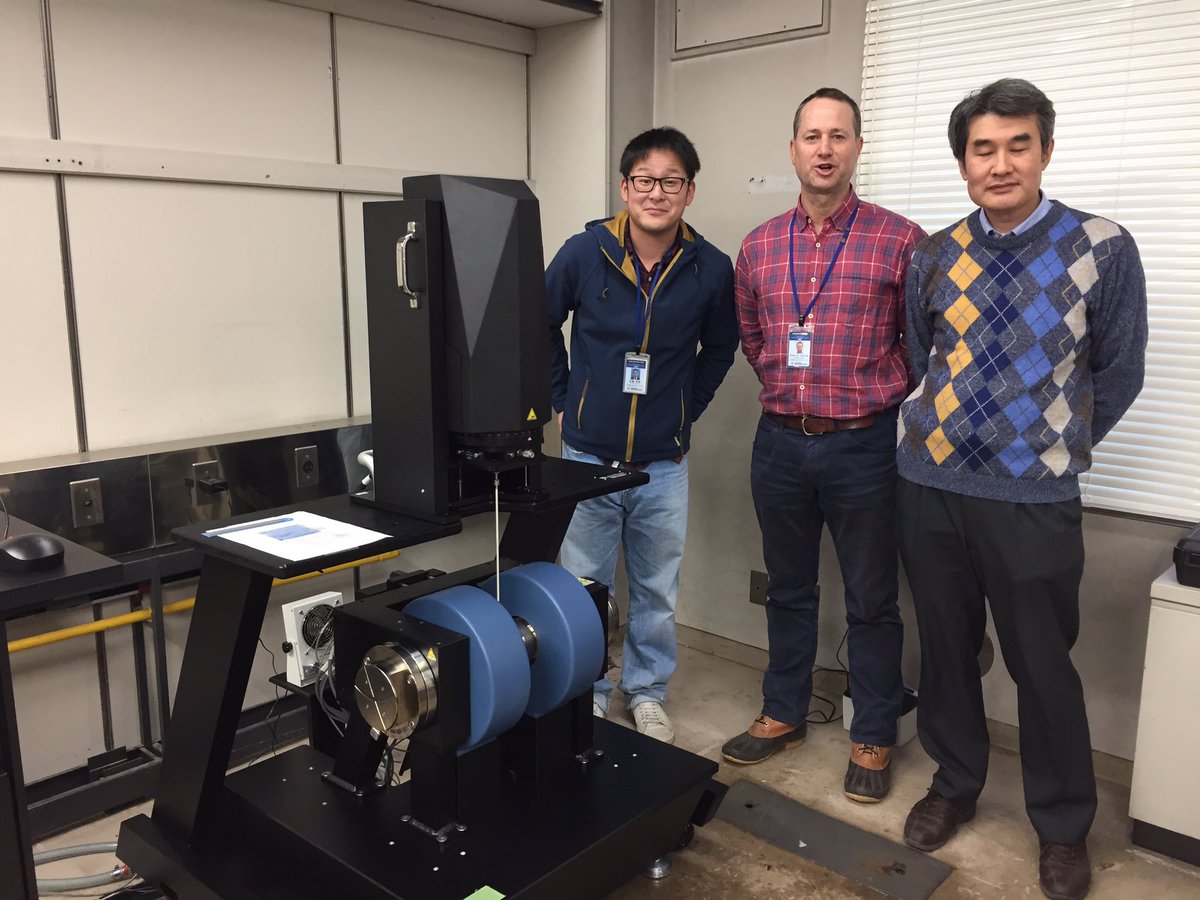The FORCaist Project
First-order reversal curve (FORC) diagrams are used widely in research applications in paleomagnetism, physics, materials science, and the magnetic recording industry, to assess the quality of magnetic recording in magnetic materials. In environmental magnetism, FORC diagrams are used to study environmental processes. While the FORC method has become a standard approach across disciplines, the quality of information extracted depends on the ability to suppress measurement noise successfully without diminishing the signal of interest. This optimization problem has not been solved despite 20 years of effort, but it is suitable for a machine learning approach.
With support from the National Institute of Advanced Industrial Science and Technology (AIST), Japan, we have developed a machine learning algorithm for optimized FORC processing. This algorithm is incorporated within the user-friendly software, FORCsensei, which is available from this site. Optimized FORC processing with FORCsensei should assist quantitative interpretation of the magnetization of magnetic materials, including mineral magnetic interpretations in paleoclimatic studies and increasingly important magnetic unmixing of complex natural samples.
The FORCaist Team
- Andrew P. Roberts (ANU: International project leader)
- Hirokuni Oda (GSJ: AIST project leader)
- Shotaro Akaho (AIST)
- Richard J. Harrison (University of Cambridge)
- Dave Heslop (ANU)
- Pengxiang Hu (ANU)
- Ayako Katayama (GSJ)
- Adrian R. Muxworthy (Imperial College London)
- Tetsuro Sato (GSJ)
- Xiang Zhao (ANU)
